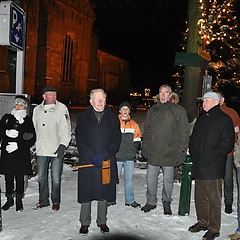Handwriting is a means of communication that connects people and is passed on from generation to generation. Writing by hand is the process of moving a pen over paper in such a way that the characters can be read by the writer and others. For a long time now, people all over the world have demonstrated the need to express themselves in writing. Just as we use Latin writing as a means of communication, other cultures use Arabic, Chinese or Hebrew writing as a means of expression. When passing on the writing, two factors are important: the readability (the design) and the perfecting of the writability (the efficiency).
By means of handwriting, knowledge, art and skills are transferred and further development, civilisation and culture are stimulated. Moreover, writing by hand has an aesthetic dimension, such as penmanship and calligraphy. It also stimulates the development of the brain. In handwriting, the writer not only passes on thoughts, but also expresses his own feelings and personality.



